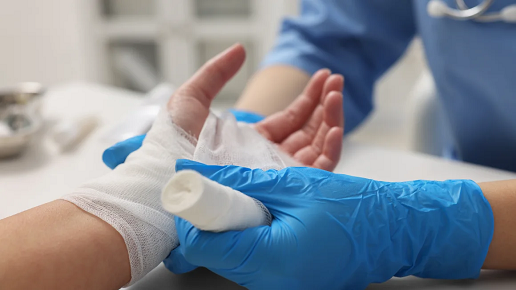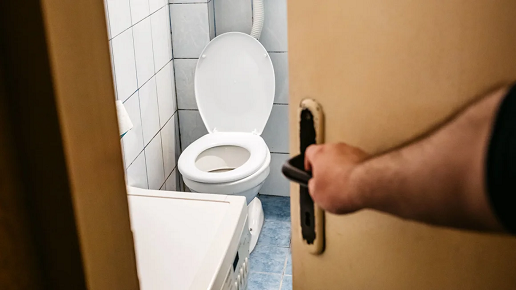Self-harm, often in the form of cutting, burning, or scratching, is a non-suicidal response to intense emotions, like anger, guilt, or helplessness. For many, it acts as a way to gain control or relieve emotional pain through physical means. Megan, a survivor of abuse, explains that self-harm was a method to cope with overwhelming frustration from a young age. Experts, such as Dr. Janis Whitlock from Cornell University, point to the body’s opioid system as a reason self-harm can momentarily ease emotional pain. However, it carries dangers, including infection and the risk of becoming a precursor to suicidal tendencies. Therapy, particularly dialectical behavior therapy (DBT), has proven effective in helping individuals replace self-harm with healthier coping methods. DBT focuses on emotional regulation and teaches essential skills to manage stress and distress constructively. Family support and compassionate communication also play critical roles in aiding recovery. Megan’s story reflects this journey—she eventually replaced self-harm with journaling, which helped her achieve healing and success.







